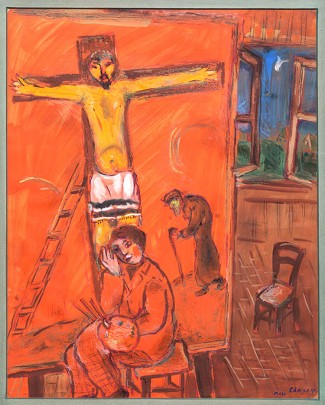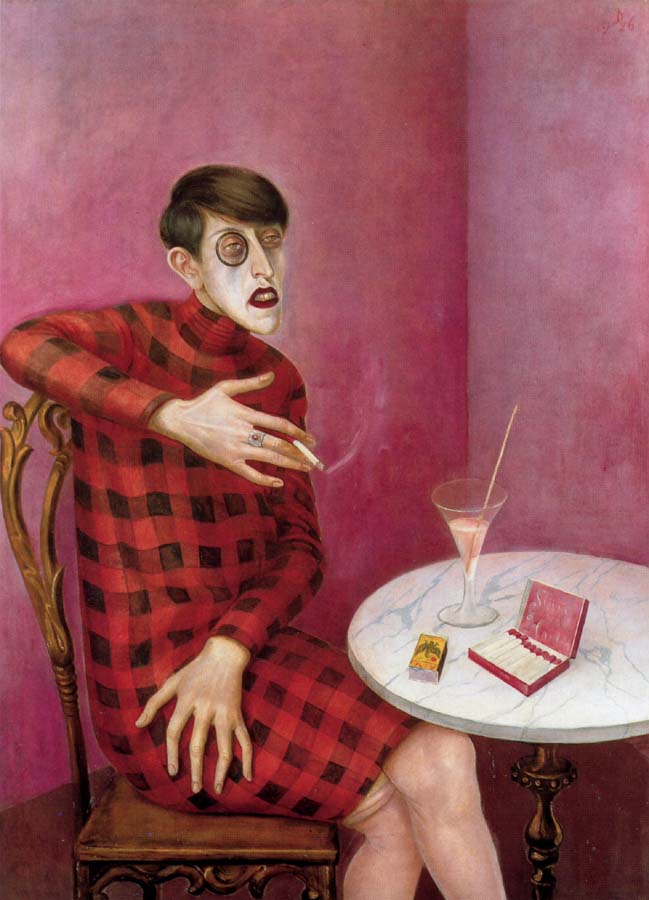Born Moiche Zakharovitch Chagalov, Chagall never resolved his conflict between affinity for Yiddish culture and ambition to mark his place in the timeline of modern Western art. The tension took a toll on his instinct for painting. But let us not begin there.
Better to start with Brad Miner’s essay “Marc Chagall’s Jesus,” for The Catholic Thing. It distills the reasons why Chagall’s work continues to resonate. And it provides context for “White Crucifixion” (1938), the best known of Chagall’s many interpretations of the crucifixion theme:
Chagall was living [for a second time] in Paris at this point, and news of the Kristallnacht pogrom and other attacks on Jews were the impetus for the creation of “White Crucifixion.”Continue Reading






